Battery-Powered GPS Trackers
Connect more of the assets that matter with our range of GPS trackers with long battery life.

Evolving from a shared conviction that bikes do in fact make life – and work-life – better, the Bikes Make Life Better team is enhancing transportation, sustainability, and wellness for some of the world’s most successful companies.
Providing best-in-class bicycle program planning, design, and implementation to companies such as Facebook, LinkedIn, Google, and Microsoft, Bikes Make Life Better needed a robust and scalable battery-powered GPS tracking solution to track, monitor, and manage thousands of bicycles on corporate campuses.
“When we first launched in 2010, tracking the bicycles wasn’t a major concern,” says Kurt Martin, Director, Bikes Make Life Better. “But as we grew, we began searching for GPS enabled devices to give us better visibility into not only where the bicycles are, but how they are being used.”
The Bikes Make Life Better team began piloting tracking devices in 2012.
“We found several start-ups that were trying to build tracking devices specifically for bicycles,” says Martin. “The problem was finding a device that successfully balanced battery-life, performance, and size, and most didn’t do that.”
“After trailing half a dozen different tracking devices, we decided to broaden our search – maybe the device doesn’t have to be designed specifically for bikes, to be useful for bikes, and we found Digital Matter,” says Martin.
Designed for tracking non-powered assets of all shapes and sizes and values, the Bikes Make Life Better Team is using the Oyster2 battery-powered GPS to track and monitor over 2,500 bicycles.
Covertly installed on the bicycles, the Oyster2’s 3-Axis Accelerometer enables smart movement-based tracking – updating the reporting rate based on movement, and entering “sleep mode” when immobile to conserve battery life.
“In our busiest fleet, the bicycles move 10 to 12 times a day and we really want to see exactly all of those movements,” says Martin.
Tracking parameters such as accelerometer sensitivity and reporting rate are configured over-the-air via OEM Server, our Device Management Platform.
“With OEM Server, we are able to pinpoint just how frequently the devices need to report to capture the data we need while making sure the device isn’t reporting when it doesn’t need to, which conserves battery life,” says Martin.
Location and bicycle usage data are presented in Telematics Guru, our GPS Tracking Platform.
“Telematics Guru is the real tool for us,” says Martin. “Our fleets move quickly and are spread over many miles – Telematics Guru is an extremely robust mapping tool that allows us to see where the bicycles are, and how they are being used.”
In addition to capturing location and utilization data, a key performance parameter for Bikes Make Life Better is remaining battery life. The Oyster2’s built-in Coulomb Counter enables accurate remaining battery-life predictions.
“With Telematics Guru, we are able to proactively set low-battery life alerts, so we know when it’s time to swap out the batteries,” says Martin.
Preventative maintenance reminders and geofences are also configured with Telematics Guru. When bicycles leave pre-determined “virtual boundaries,” the Bikes Make Life Better team is alerted, and appropriate action can be taken in the case of theft or unauthorized use. If theft is suspected, the Oyster2 can be switched to Recovery Mode, which switches the device to real-time reporting to aid in recovery.
“We have dozens of people who are handling the bikes every day – over 10,000 trips a day,” says Martin. “Digital Matter provides the tools to manage our assets, prevent theft, and understand how companies can optimize their bike programs to meet their business goals, whether that be sustainability, wellness, or financial.”
Learn more about our bicycle and e-bike GPS tracking solutions, or contact us for more information on our battery-powered GPS devices.

Related Case Studies
Battery selection plays an important role in determining how well a data logger performs in the field. This is especially important in challenging thermal environments or in scenarios where the data logger needs to power demanding sensors.
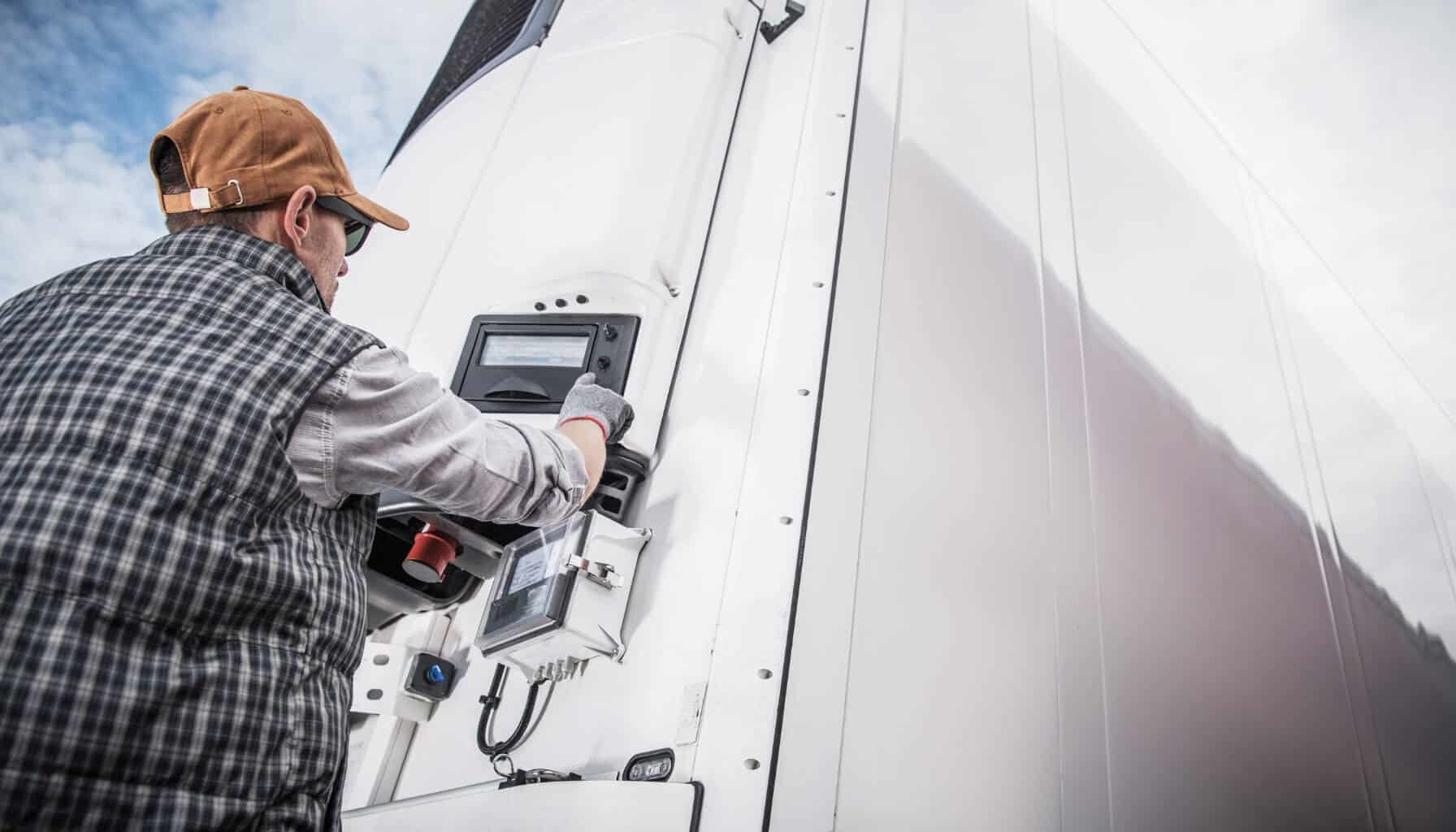
Related Case Studies
In today’s world, the need for precise sensor monitoring is becoming more and more prevalent. Temperature and humidity sensors are among some of the monitoring tools that play a pivotal role in maintaining optimal conditions for many industries, from cold chain logistics, healthcare, all the way to agriculture. This article will explore the fundamentals of temperature and humidity monitoring, the technology, applications, and role of data loggers for communicating temperature and humidity data.

Related Case Studies
What is an NB-IoT Data Logger? Data and real-time insights allow businesses to optimize operations, monitor conditions, and make informed data-driven decisions. NB-IoT data loggers play a pivotal role in ensuring businesses are equipped with the right data, at the right time. NB-IoT data loggers allow for wireless, remote data collection from sensors, allowing businesses to capture integral data without any manual effort.

Related Case Studies
Agriculture is rapidly evolving with the integration of IoT technology, enabling farmers and agribusinesses to optimize operations, increase yields, and enhance sustainability. By leveraging remote sensors and data loggers, such as the Hawk, agricultural professionals can gain real-time insights into environmental conditions, equipment usage, and livestock movement to make data-driven decisions.
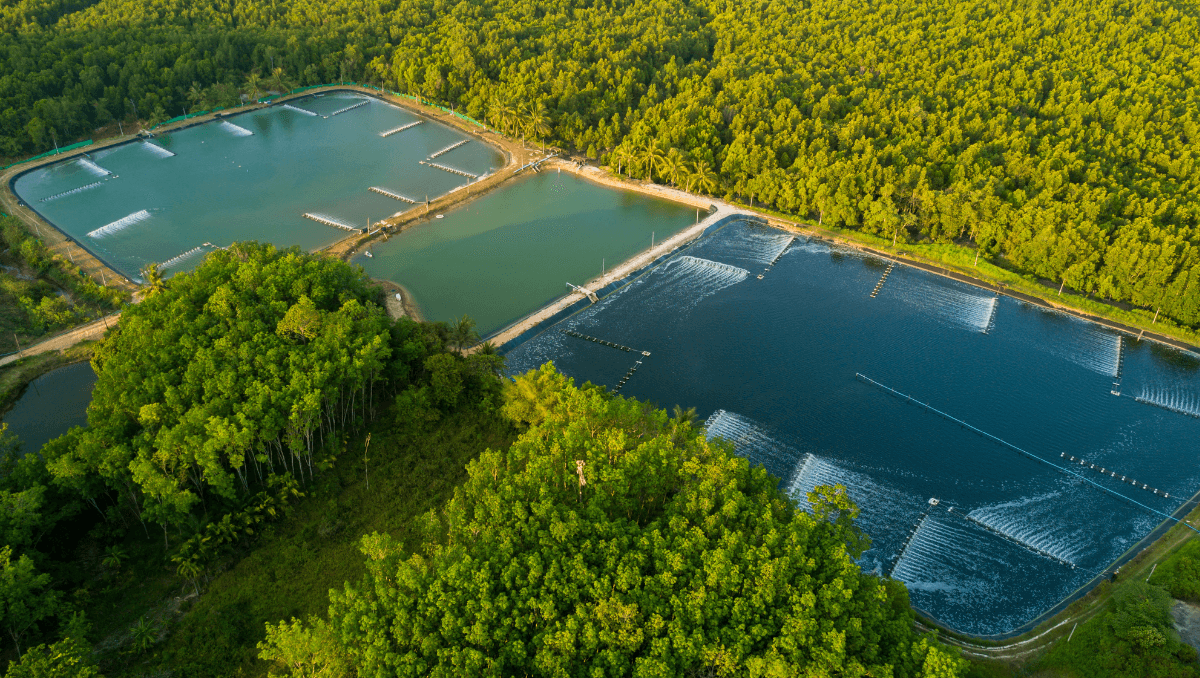
Related Case Studies
IoT plays an integral role in the modernization of smarter water management, allowing for greater efficiency, improved resource allocation and, enhanced sustainability. Learn how IoT has improved water management practices and discover the technology making this possible for industries around the world.
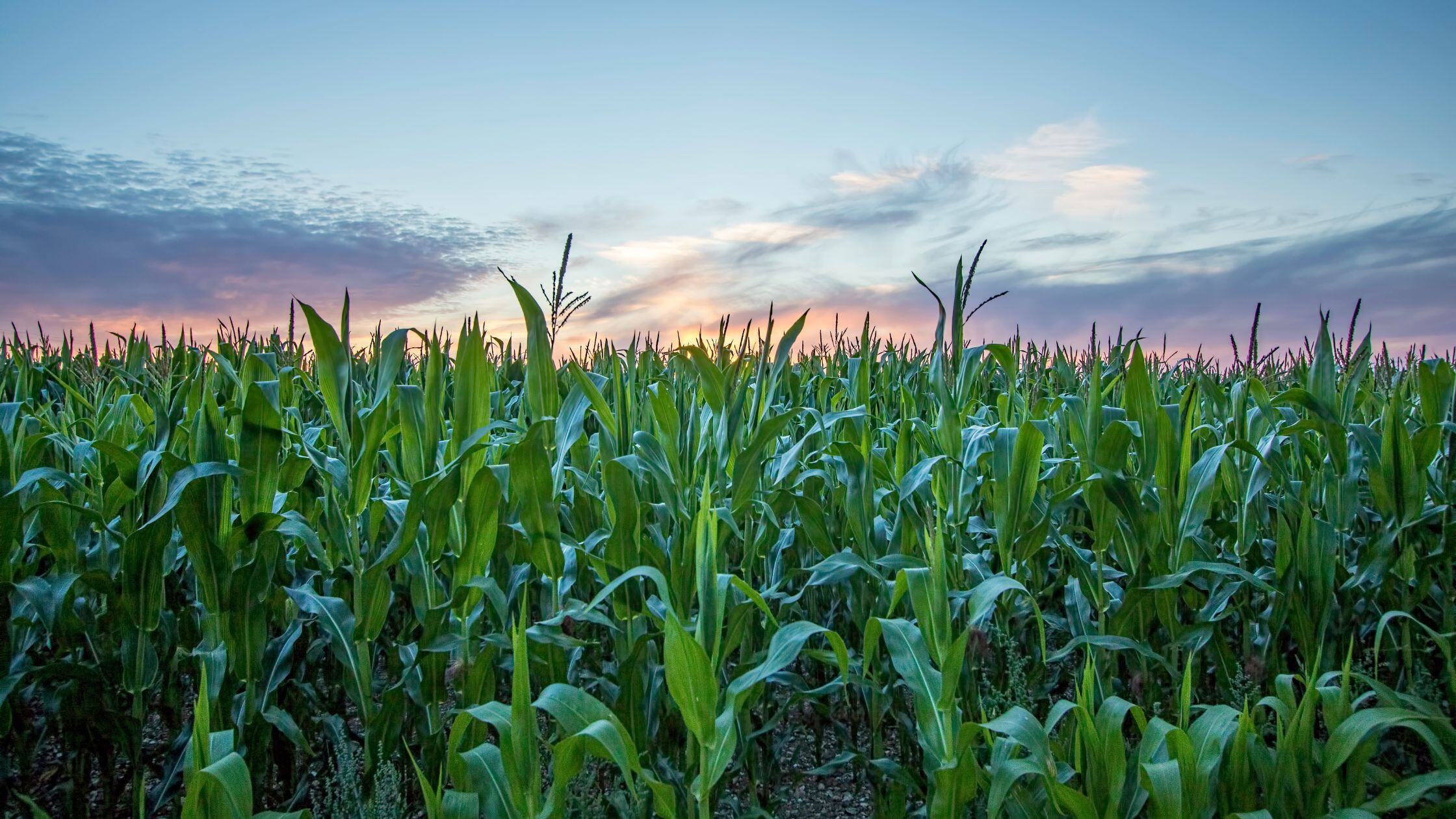
Related Case Studies
A Bluetooth® data logger can be used in sensor monitoring, utilizing Bluetooth Low Energy (BLE) to read data captured by a variety of sensors and tags. Bluetooth technology offers a cost-effective, energy-efficient solution for remote sensor monitoring, with its' low power consumption and ease of deployment. Discover the various sensors that utilize Bluetooth technology, their practical applications, and how they compare with other wireless solutions.

Related Case Studies
We have iterated on the low-power design DNA that permeates our entire product range to create a Hawk that can run for years using low-cost, Alkaline D Cell batteries.
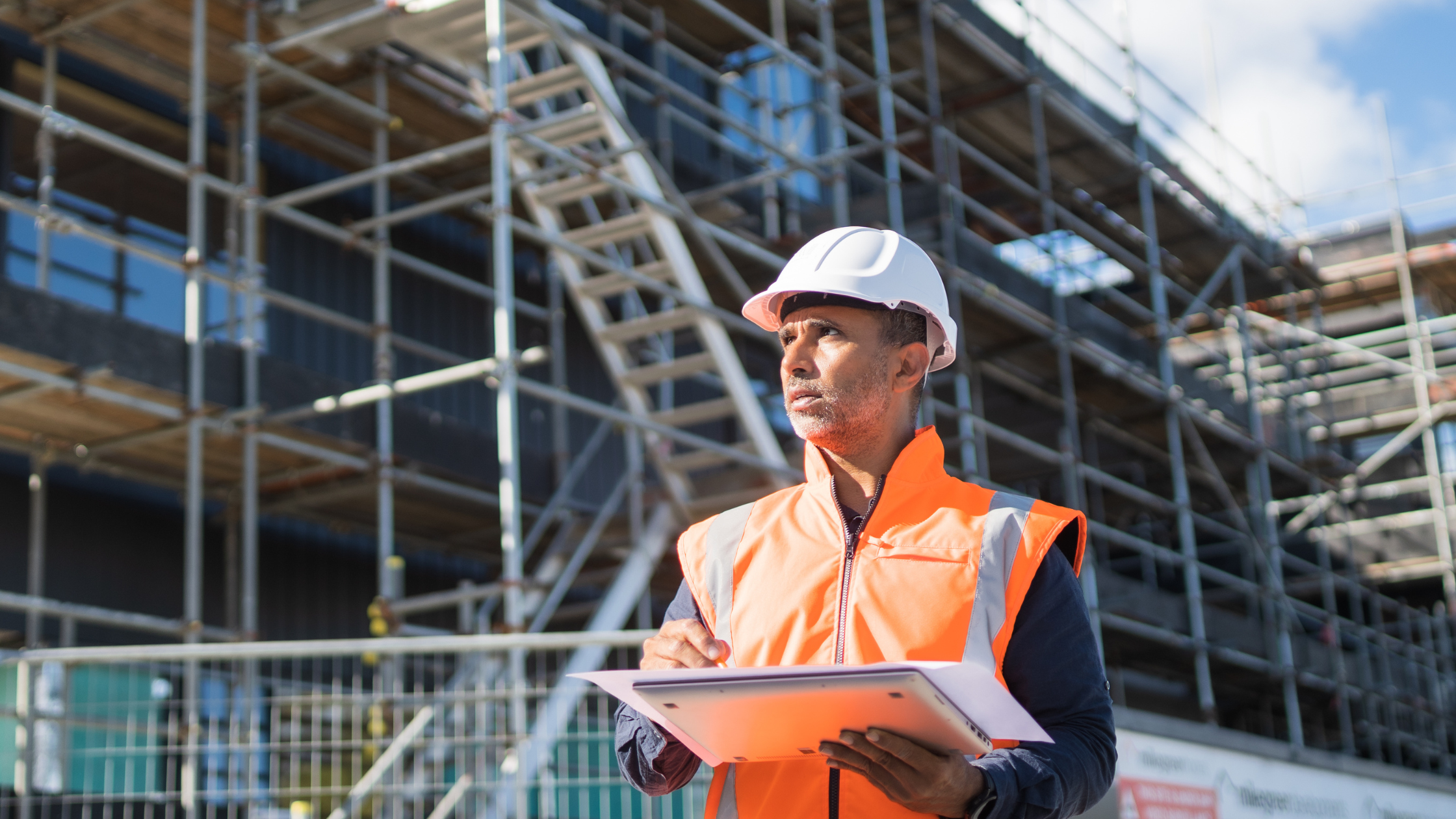
Related Case Studies
Remote task management leverages IoT technology to facilitate the real-time control and monitoring of devices and systems. Utilizing IoT sensors, a series of parameters can be remotely monitored from anywhere in the world, with data sent to a designated end-platform for analysis and task automation.
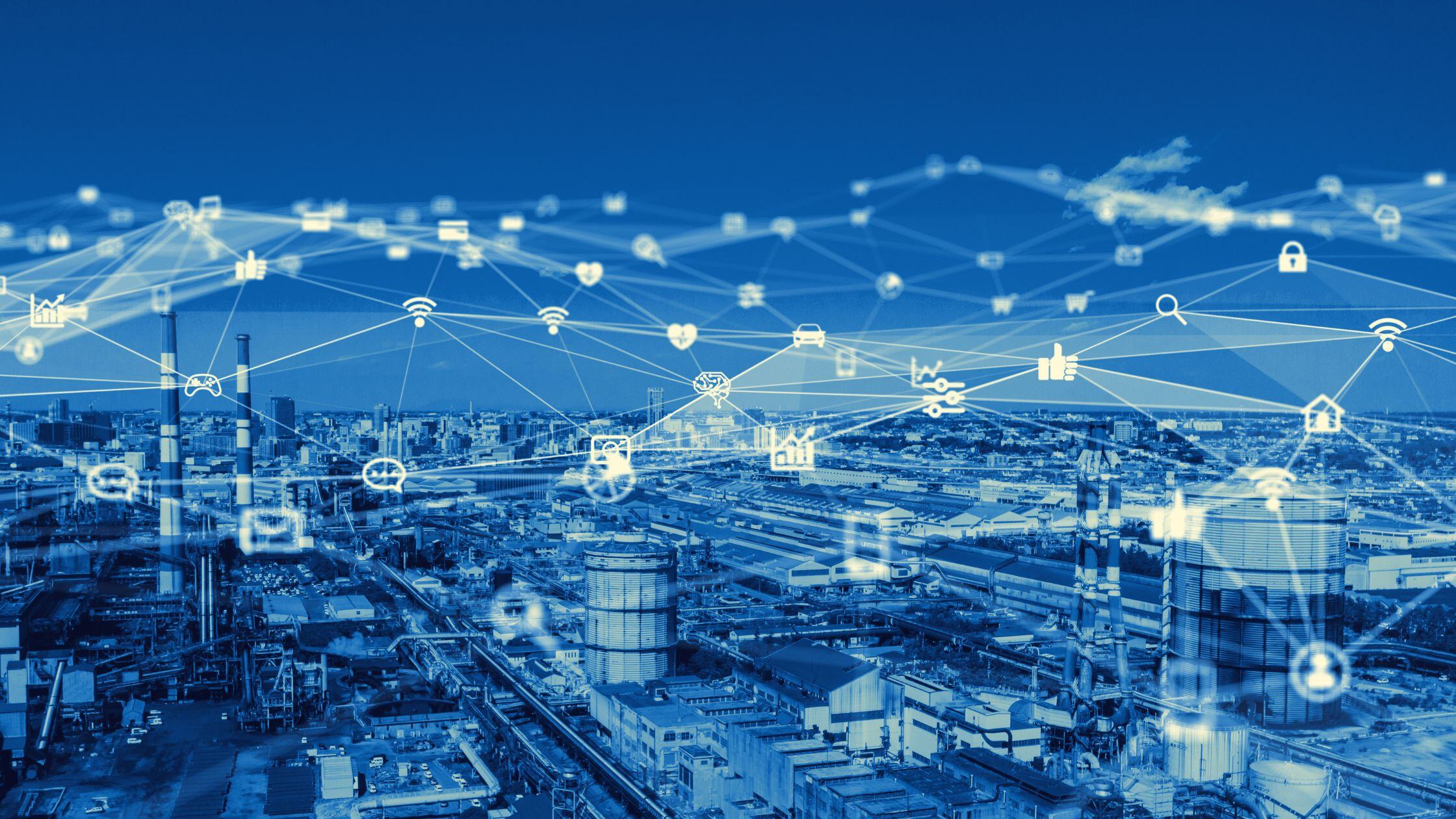
Related Case Studies
Modbus protocols are utilized in many industries such as industrial automation, building automation, and utility. Modbus offers an intuitive master-slave architecture that provides crucial data that aids in making timely decisions. Modbus remains a cornerstone in sensor monitoring due to its reliability, ease of implementation, and broad industry acceptance. Modbus data loggers help translate the data captured from Modbus protocols into a cloud-based platform to allow for remote monitoring.
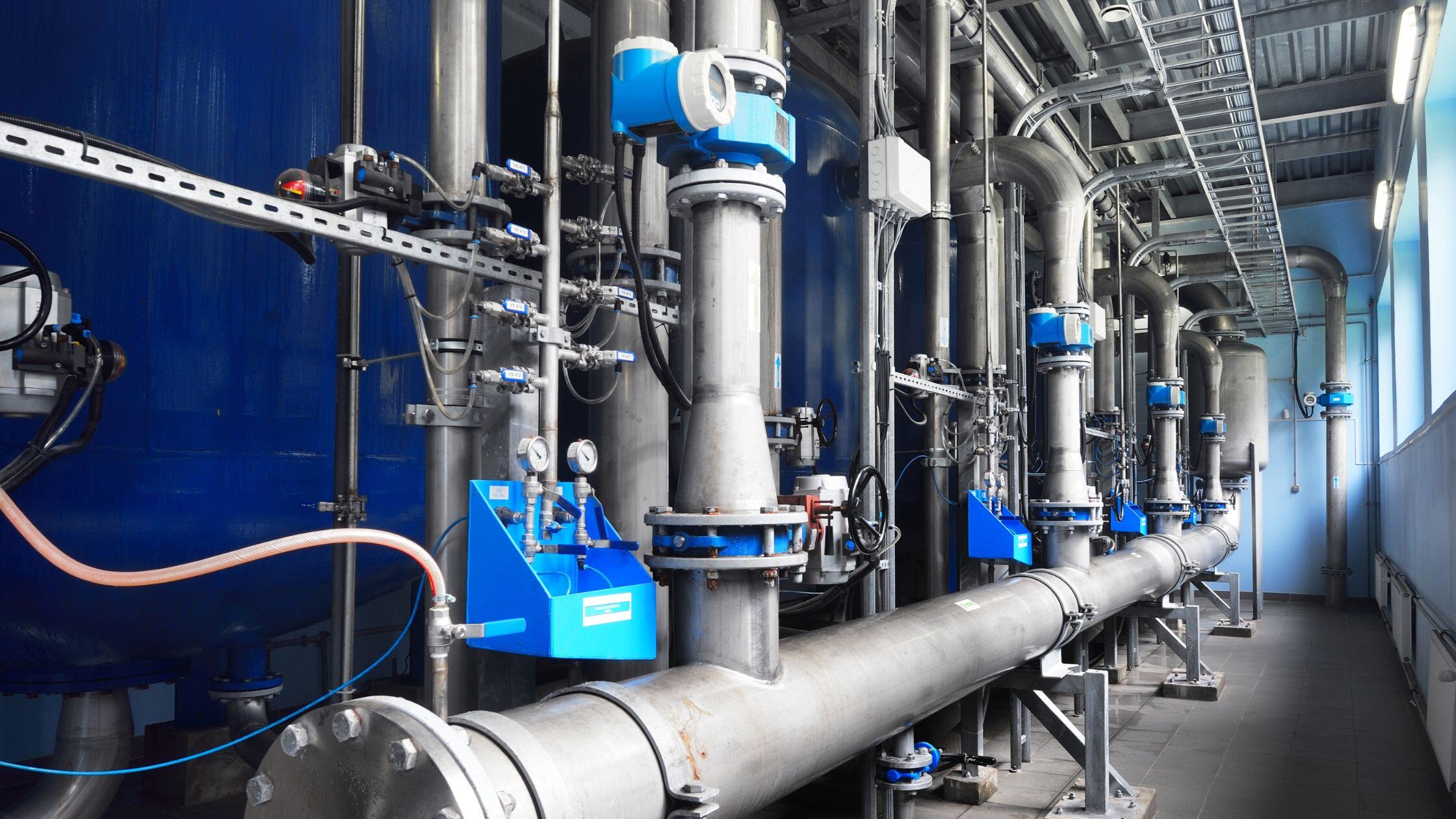
Related Case Studies
Water pressure management refers to monitoring and controlling the pressure within water systems. These systems comprise three components: a sensor, a water pressure datalogger, and a cloud-based platform.
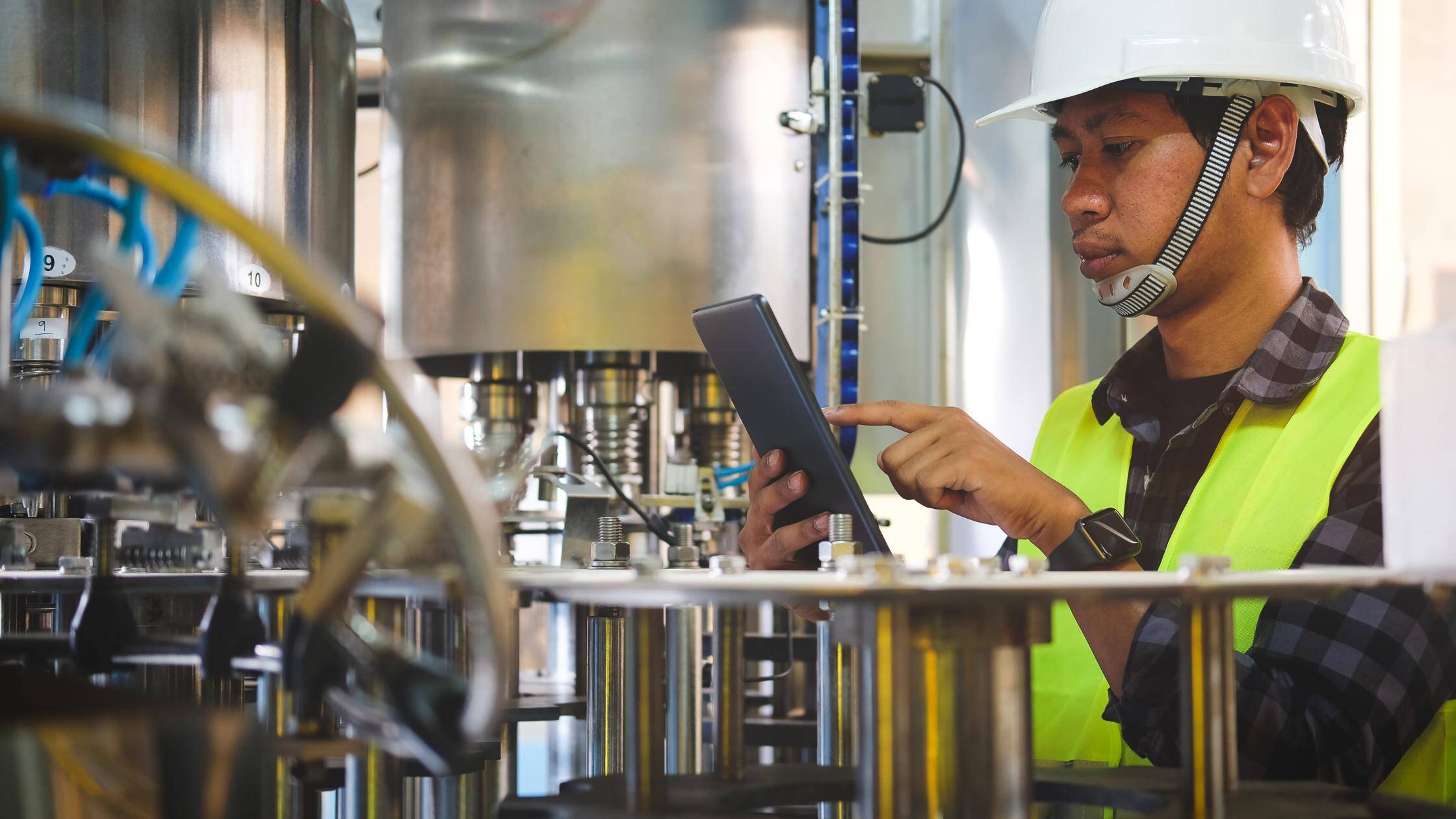
Related Case Studies
RS-485 is essential in industrial and building management systems, offering reliable long-distance communication and multi-device support. Its robust features ensure efficient sensor monitoring and data transmission in various applications, from automation to utility networks.

Related Case Studies
Explore how IoT remote monitoring is utilized in industries such as agriculture, healthcare, environmental management, and more. Remote monitoring paired with a data logger offers near-real-time insights into crucial data from a remote location. Ensuring timely decision-making and improved operational efficiency.